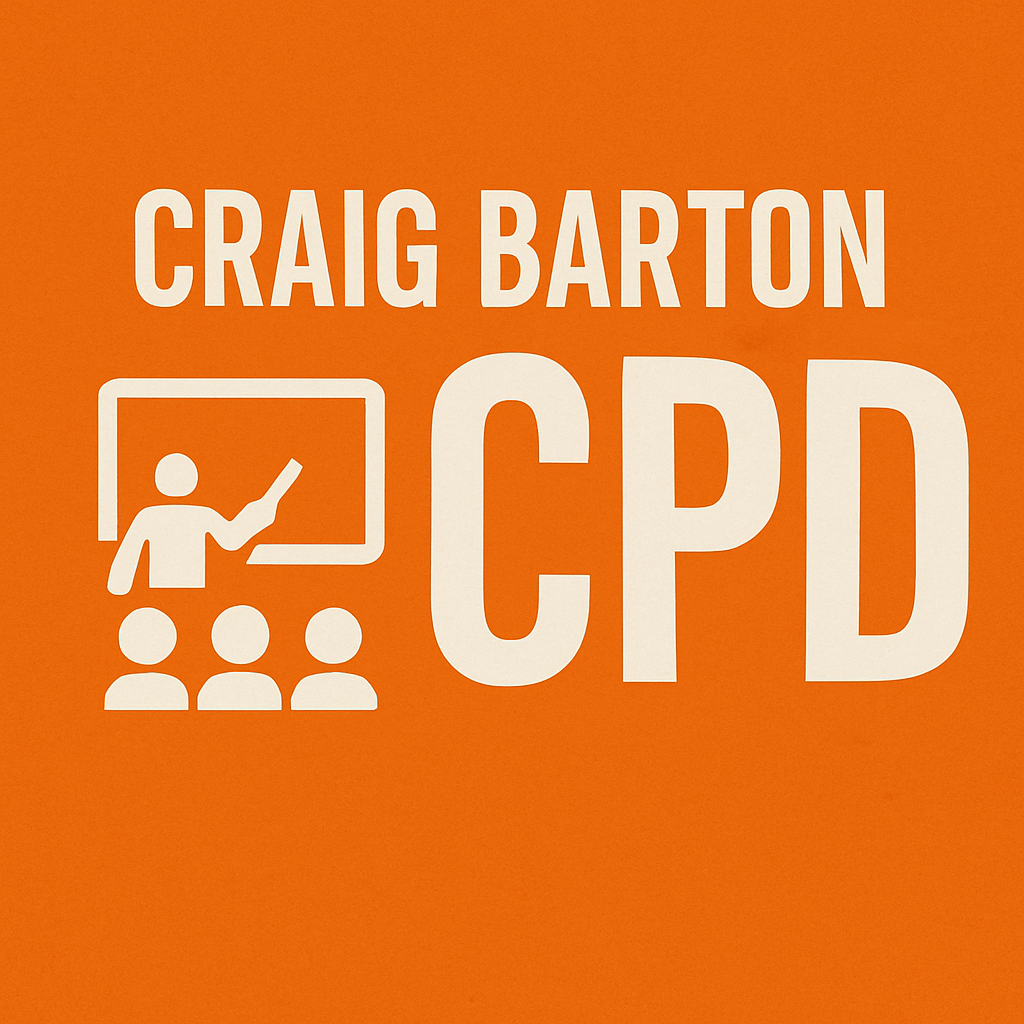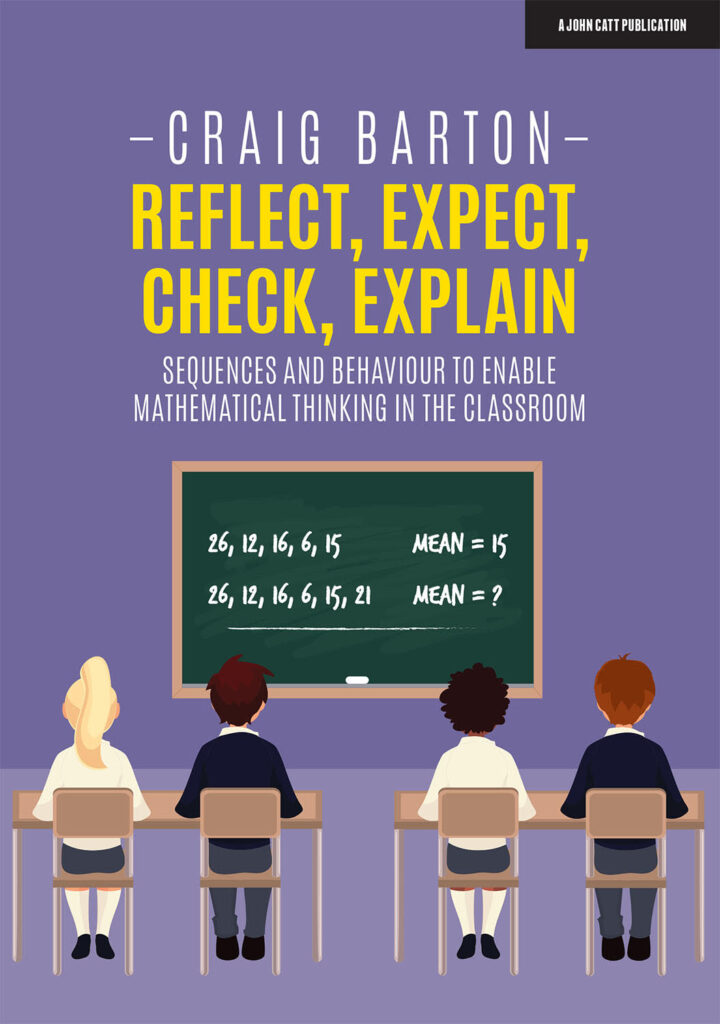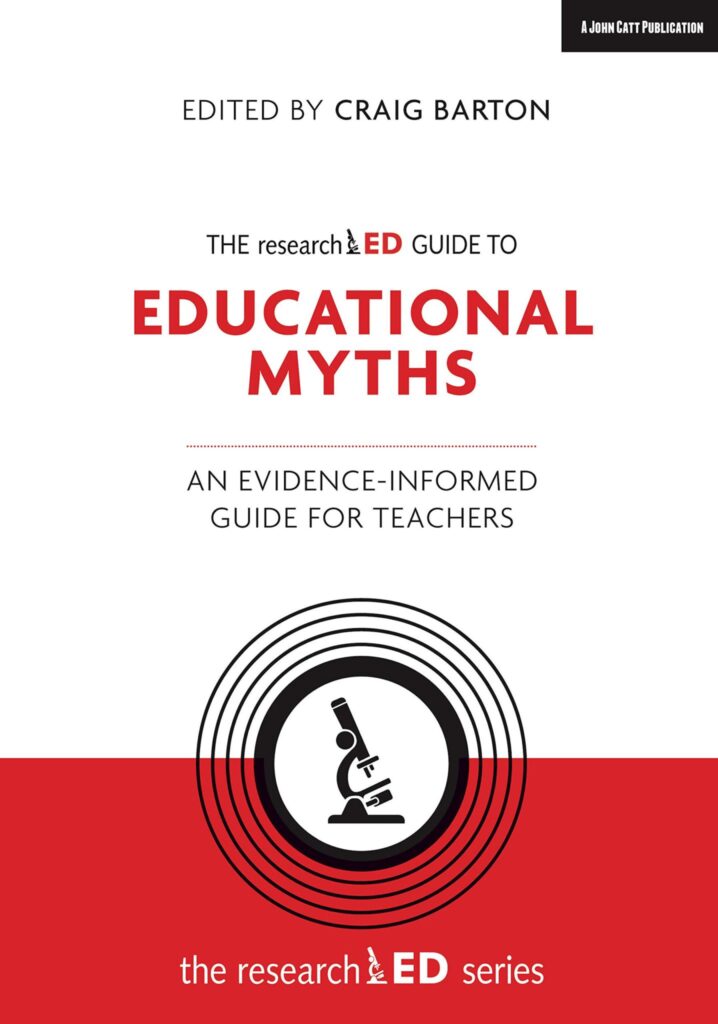Start with the student who got 8 out of 10
This week I want to share a lovely tip from Tom Sherrington that can really help get the classroom conversation flowing in a positive way.
What’s the problem?
Imagine you have set your students some work. It may have been a Low-Stakes Quiz, a homework, an exercise to work through – anything where your students do not yet know the answers. When your students have finished, you reveal the answers, either by reading them out, or by projecting them up on the board. You then want to get a sense of how the class did – which are the questions they struggled on, and just as important: why did they struggle?
My go-to strategy has always been to say: is anybody still stuck on anything? The problem with this is I was often met with a wall of silence, and there is a real danger that we take such silence as a signal of understanding, when in fact it could mask a significant number of students who have difficulties but are reluctant to say so in front of their peers.
What’s the tip?
Fortunately, Tom Sherrington has a solution. He suggests the teacher says: put your hand up if you got 8 out of 10 (or the equivalent proportion if the quiz is out of a different number). Let’s imagine that Miran puts her hand up. The teacher can then say: oh wow, that’s a great score, Miran. Which two questions did you get wrong?
Miran is feeling pretty good. She has received praise, 8 out of 10 is a good score, and she has only made two mistakes. As such, she is likely to be willing to share the nature of her struggles.
From here, the teacher is free to ask things like: did anyone else struggle with Question 3 like Miran? And now as the rest of the students realise they are not alone, they are more likely to raise their hand, thus giving the teacher a clear signal whether this is a whole class issue which needs dealing with now, or whether it can be dealt with on an individual or small group basis later on.
The teacher can then find another student who scored 8 out of 10 and repeat the same process.
After this, a question such as is anybody still stuck on anything? is likely to elicit a more reliable response as the floodgates have now been opened, and the discussion of mistakes has been normalised.
8 out of 10 seems to be the sweet spot. Students who have scored 10 out of 10 have no mistakes to discuss, whereas students with lower scores like 5 out of 10 may feel reluctant to share as they are embarrassed about the number of mistakes they have made.
Over to you
- Is there a lesson this week where you could try this tip?
- What would you need to change to make the tip work for you and your students?
You can watch the original video where Tom shares this tip.
Thanks so much for reading and have a great week.
Craig
P.S. You can access all the back-issues of the Tips for Teachers newsletter here, and sign-up to receive the newsletter in your inbox every Monday by entering your email in the box at the bottom of the page.








